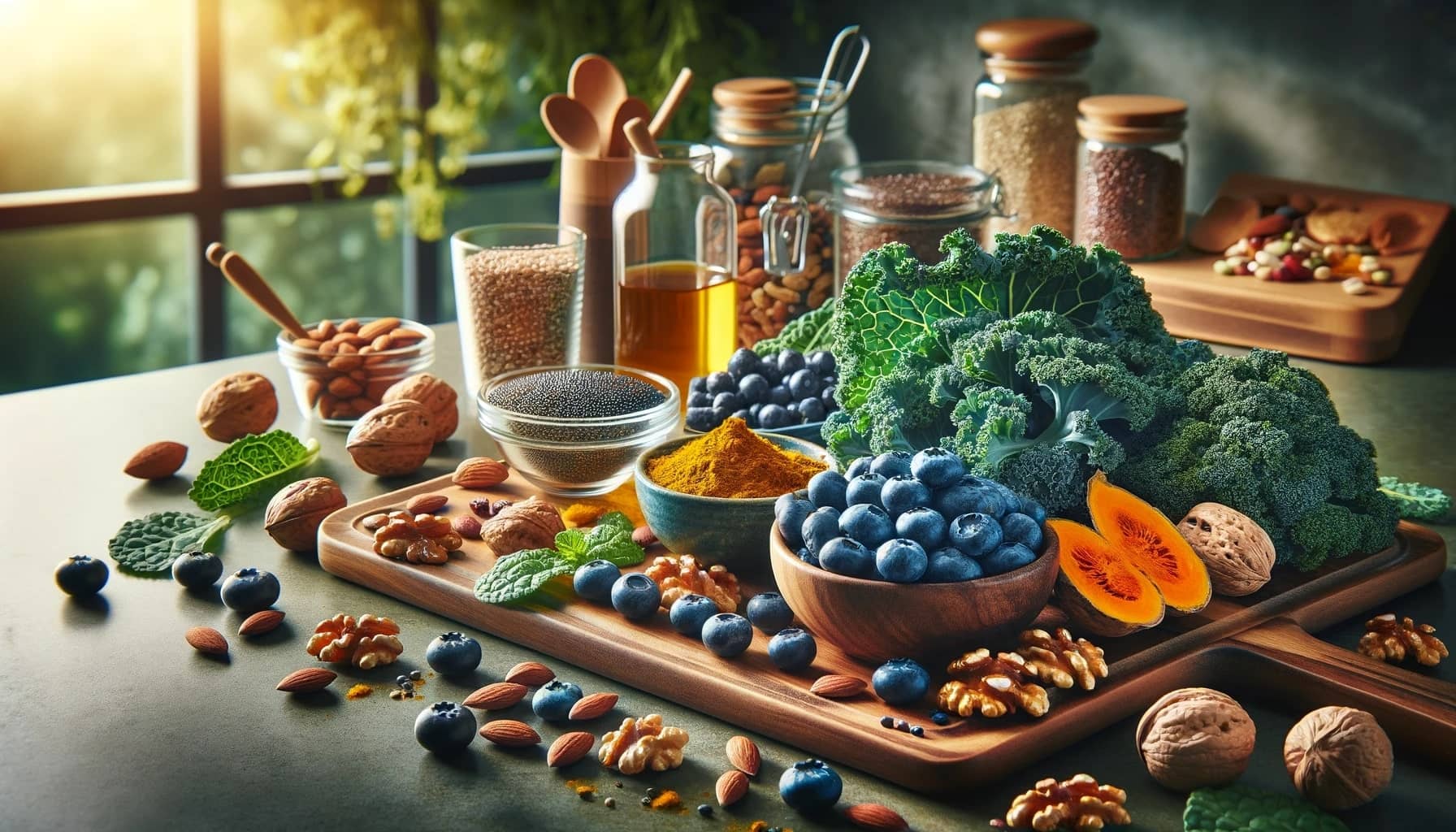
Eating for Longevity: The Connection Between Diet and Aging
Ever thought about how your diet might affect how long you live? It’s not just about eating healthily, but also about how what we eat interacts with our genes and body processes, which could impact our lifespan. Let’s explore the fascinating world of nutritional science and aging, learning from studies on simple organisms like yeast, worms, and fruit flies.
Yeast and Diet: A Lesson in Aging
Yeast, despite its simplicity, offers great insights into aging. In labs, yeast is fed a mix of carbs, proteins, and fats. The type and amount of nutrients they eat greatly affect their lifespan. Sugars and certain amino acids can change how yeast handle stress and how long they live.
Studies show that reducing activity in some yeast pathways (like those activated by glucose or regulated by amino acids) can make them live longer. They become more stress-resistant, have less DNA damage, and can reproduce for a longer period. Basically, changing their diet helps yeast live longer and healthier lives.
Worms: The Insulin Connection
Next up are nematode worms. In these worms, the insulin signaling pathway is crucial for longevity. Some of the first discovered longevity genes in worms were linked to insulin. These genes control everything from how mitochondria work to the immune response.
Dietary restriction (DR), meaning eating less without malnutrition, extends these worms’ lifespans. Fasting in worms activates pathways important for maintaining protein balance in cells, crucial for healthy aging. The changes brought by fasting, like switching to a fat-based metabolism, are key for their longer lives.
Fruit Flies: More Than Just Insulin
In fruit flies, less insulin signaling means a longer life. But there’s more. Their diet and genes interact in complex ways to affect lifespan. Some dietary components like citrate or beta-hydroxybutyrate can extend their lives. These are linked to vital metabolic processes.
Both the amount and balance of nutrients are important. Too much or too little protein can be bad for them. Like in worms, dietary restriction in flies activates genes linked to a longer life.
Lessons from Short-Lived Species
So, what can these tiny creatures teach us? Quite a lot. These studies show that genes regulate health and lifespan, and this is significantly influenced by diet. The right nutrients at the right time can activate pathways that delay aging. These pathways often involve increased stress resistance and changes in metabolism, like using fats for energy.
From yeast to worms and flies, we get valuable insights into how nutrition affects aging. Understanding these mechanisms helps us start to unravel the complex interactions between diet, genes, and longevity.
Protein-Endocrine Axis in Mammals
Moving to mammals, we see how specific nutrients influence aging pathways. In mammals, diets rich in proteins and certain amino acids, like methionine, affect aging. In rodents, high-protein diets increase growth hormones and insulin-like growth factor 1 (IGF-1), which might shorten lifespan by speeding up aging processes.
Reducing protein intake lowers IGF-1 levels, which is linked to a longer lifespan. This pattern is also observed in humans, where a high-protein diet is associated with higher IGF-1 levels compared to a low-protein diet.
Genetics and Dietary Restrictions in Mammals
Genetics plays a huge role in aging, especially when combined with dietary restrictions. In mice, for example, mutations that decrease growth hormone levels lead to a longer life. This is because these mutations lower IGF-1 levels, important in mammalian growth. Lower growth hormones and IGF-1, along with changes in insulin levels, greatly contribute to longevity.
These genetic changes also bring other health benefits. Mice with lower growth hormone levels have fewer age-related diseases like insulin resistance and cognitive decline.
The Impact of Sugar
Sugars are also crucial in aging. In mammals, glucose not only triggers insulin release but may directly activate aging pathways. Limiting glucose in rat heart cells activates longevity-linked transcription factors. Likewise, disrupting glucose metabolism pathways extends lifespan in mice, showing the significant role of sugar in aging.
Connecting the Dots: From Yeast to Humans
Across species, from yeast to humans, we see a consistent pattern: the nutrients we consume directly affect hormonal and genetic pathways, influencing aging and lifespan. While the specific mechanisms vary, the overarching theme is the same – diet plays a crucial role in aging.
Could we then use diet to manipulate these pathways in humans, extending both healthspan and lifespan? While it’s an exciting thought, remember that nutrition is just one part of the aging puzzle. However, understanding these mechanisms opens new research avenues and potential dietary strategies for living longer, healthier lives.
In conclusion, the study of nutrition and its impact on aging is a rapidly evolving field. The insights gained from simple organisms like yeast, worms, and fruit flies provide a foundation for understanding the complex interactions in mammals and humans. By exploring how different nutrients influence genetic and hormonal pathways, we can start to piece together the intricate puzzle of longevity. As research progresses, it may become possible to develop dietary interventions that promote a longer, healthier life, making the adage “you are what you eat” more relevant than ever.
